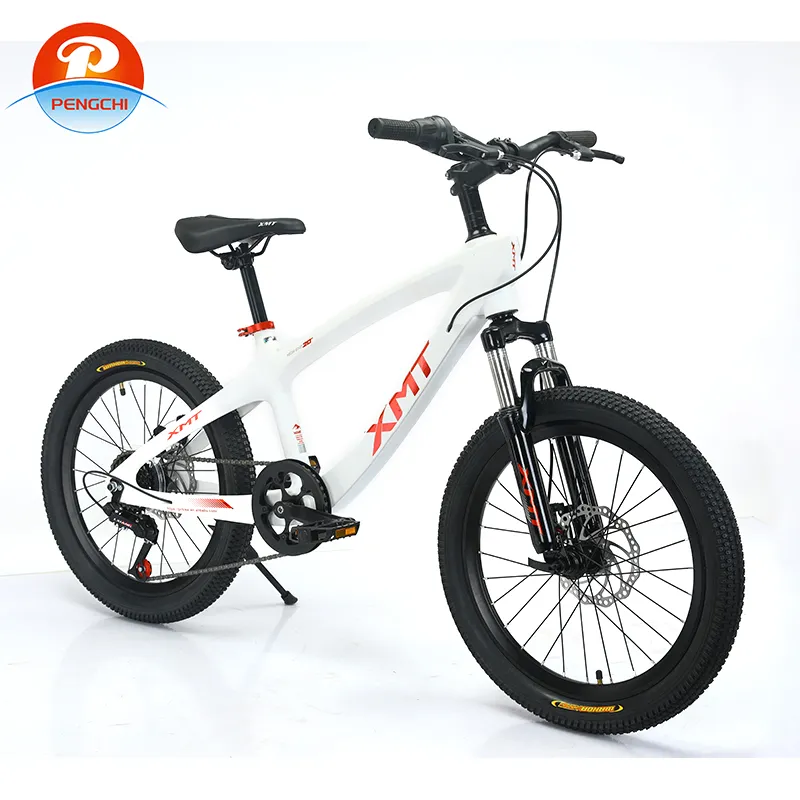
-
 Afrikaans
Afrikaans -
 Arabic
Arabic -
 Belarusian
Belarusian -
 Bengali
Bengali -
 Bulgarian
Bulgarian -
 Croatian
Croatian -
 Czech
Czech -
 Danish
Danish -
 Dutch
Dutch -
 English
English -
 Finnish
Finnish -
 French
French -
 German
German -
 Greek
Greek -
 hawaiian
hawaiian -
 Hebrew
Hebrew -
 Hindi
Hindi -
 Hungarian
Hungarian -
 Indonesian
Indonesian -
 irish
irish -
 Italian
Italian -
 Japanese
Japanese -
 Javanese
Javanese -
 kazakh
kazakh -
 Khmer
Khmer -
 Korean
Korean -
 Kyrgyz
Kyrgyz -
 Lao
Lao -
 Latin
Latin -
 Luxembourgish
Luxembourgish -
 Malay
Malay -
 Myanmar
Myanmar -
 Norwegian
Norwegian -
 Persian
Persian -
 Polish
Polish -
 Portuguese
Portuguese -
 Romanian
Romanian -
 Russian
Russian -
 Serbian
Serbian -
 Slovak
Slovak -
 Somali
Somali -
 Spanish
Spanish -
 Swedish
Swedish -
 Tagalog
Tagalog -
 Thai
Thai -
 Turkish
Turkish -
 Turkmen
Turkmen -
 Ukrainian
Ukrainian -
 Uighur
Uighur -
 Vietnamese
Vietnamese
Ara . 30, 2024 05:21 Back to list
Exploring the Best Materials for Mountain Bike Performance and Durability
Understanding Mountain Bike Materials A Key to Performance and Durability
Mountain biking has evolved into a highly specialized sport, with bikes designed for various terrains, riding styles, and rider preferences. One of the most critical factors influencing the performance, durability, and overall riding experience is the materials used in mountain bike construction. This article will delve into the common materials found in mountain bikes, their properties, and how they impact the bike's performance on the trails.
Aluminum
Aluminum is one of the most widely used materials in mountain biking. Its popularity can be attributed to its favorable combination of light weight, strength, and affordability. Aluminum frames are typically made from 6061 or 7075 aluminum alloys, which are known for their excellent strength-to-weight ratios. This material is also resistant to corrosion, which is crucial for outdoor activities that expose bikes to moisture and mud.
However, while aluminum frames offer great performance, they can be prone to fatigue over time, especially if subjected to harsh treatment. Manufacturers often use different techniques, such as hydroforming and butting, to improve the strength and stiffness of aluminum frames without adding significant weight. This has led to the development of high-performance aluminum mountain bikes that can withstand aggressive riding.
Carbon Fiber
Carbon fiber has surged in popularity among high-end mountain bike models due to its remarkable properties. This composite material is incredibly light, often allowing designers to produce frames that are even lighter than aluminum while maintaining superior stiffness. Additionally, carbon fiber has excellent vibration-dampening qualities, which can enhance rider comfort on rough trails.
Despite its advantages, carbon fiber does come with some drawbacks. It is generally more expensive than aluminum and can be vulnerable to impact damage. However, advancements in manufacturing techniques have improved the durability of carbon fiber, leading to a growing number of trail-ready options. Riders seeking high performance and willing to invest more in their gear often turn to carbon fiber.
Steel
mountain bike material

While not as common as aluminum or carbon fiber, steel is still cherished by many mountain bikers for its durability and ride quality. Steel frames, particularly those made from high-quality chromoly steel, offer incredible strength and can withstand significant abuse, making them ideal for rugged terrains. Moreover, steel has a natural flex that can absorb shocks effectively, providing a smooth ride over bumpy surfaces.
The primary downsides of steel are its weight and susceptibility to rust if not properly maintained. However, the revival of steel mountain bikes, especially in the realm of adventure and touring bikes, speaks to its enduring appeal and the unique balance it offers between comfort, durability, and repairability.
Titanium
Titanium is a high-end material that combines the benefits of steel's durability with the lightness of aluminum and carbon fiber. Known for its excellent strength-to-weight ratio and resistance to corrosion, titanium frames can last a lifetime with proper care. They offer a smooth ride, thanks to their ability to absorb vibrations effectively, and are often highly customizable for riders who want something unique.
The main drawback of titanium is cost; it is significantly more expensive than other materials and requires specialized manufacturing techniques. Because of this, titanium bikes often fall into the premium category and are favored by enthusiasts who prioritize performance and longevity.
Conclusion
The choice of material in mountain bike construction plays a pivotal role in determining its performance, durability, and comfort. Aluminum bikes provide a great balance of weight and affordability, carbon fiber offers cutting-edge performance and lightness, steel ensures durability and smoothness, while titanium represents the pinnacle of high-end bikes with unmatched longevity and ride quality.
Ultimately, the best material for a mountain bike depends on the rider's specific needs, preferences, and budget. Understanding these materials not only helps riders make informed decisions but also enhances their overall biking experience, allowing them to conquer the trails with confidence. As technology continues to advance, the future of mountain bike materials promises exciting innovations that will redefine the riding experience.
-
Premium Titanium Road Bike: Lightweight & Durable
NewsAug.01,2025
-
Red Black BMX Bike with GPT-4-Turbo AI Tech
NewsJul.31,2025
-
New Red Anti-theft E-Bike | Easy Ride City Commuter
NewsJul.31,2025
-
BMX 20 Inch Bikes for Freestyle & Street | Fat Tire Options Available
NewsJul.30,2025
-
322 High Quality 26 Inch 21 Speed Adult Mountain Bike OEM MTB
NewsJul.29,2025
-
Specialized Kids Mountain Bikes - Safe, Durable & Fun Riding Experience
NewsJul.29,2025

